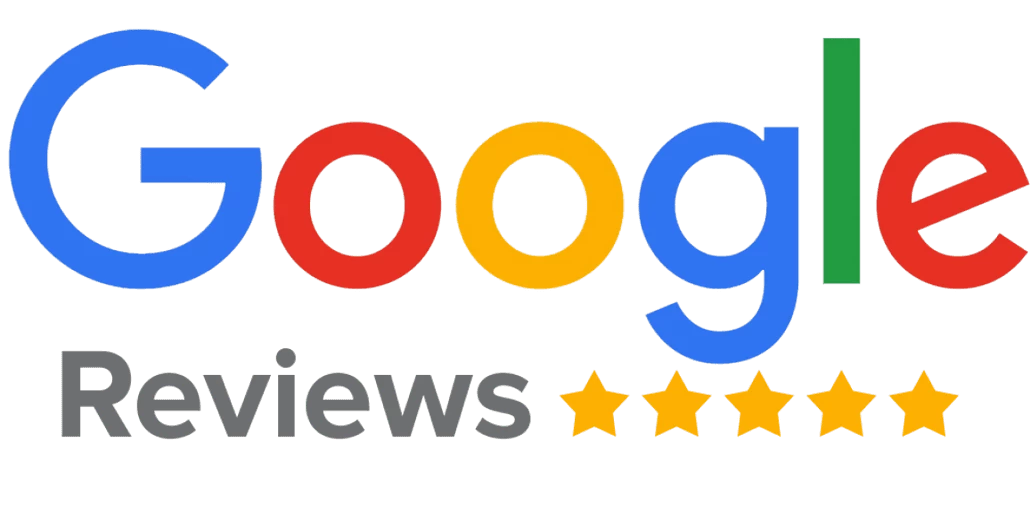
How To Implement Technical SEO For SaaS With Audit Checklist
Search engine ranking for a SaaS (Software as a Service) website can fall steeply even after producing high-quality content. In most cases, technical SEO errors are the culprit to blame. Technical SEO for SaaS means optimizing the website’s technical elements. The goal is to improve search engine visibility, user experience, and website performance.
The process includes improving website architecture, page speed, crawlability, meta elements, and more.
Importance of Technical SEO for SaaS
Technical SEO optimizations ensure that search engines can crawl, index, and understand the content of a SaaS website. This leads to better visibility on SERPs and brings more organic traffic. Implementing technical SEO best practices also enriches the user experience. It maximizes conversion opportunities. Investing in technical SEO is a must for the long-term sustainability of a SaaS business.
Elements of Technical SEO for SaaS
Getting familiar with the elements or terms is crucial before working on technical SEO for SaaS. The following table briefly explains the most common elements of technical SEO:
| Element | Meaning | Purpose |
| Subdomain | A subdomain is a part of the main domain. Google considers it a separate entity or a standalone site. | Subdomains are used to organize and navigate to different sections or functions of a website. |
| Subfolder | A subfolder is a directory within a website’s main domain located under a parent folder. | Subfolders help SaaS companies to organize website content hierarchically. |
| Meta elements | Meta elements such as meta description, robots meta, meta viewport, etc, are HTML tags that provide metadata about a web page. | Meta elements help crawlers to crawl a web page properly and understand the context of the page. |
| Crawling | Crawling is a process of search engine bots systematically browsing and analyzing web pages. | Crawling allows search engines to analyze web pages for indexation. |
| Indexation | Indexation is the process of adding web pages to a search engine’s index. | Indexation ensures that relevant web pages are included in search engine databases. |
| Canonical tags | Canonical tags are HTML elements that specify a preferred web page version where multiple versions of the same content exist. | Canonical tags help identify and prevent duplicate content issues. |
| Site maps & structure | Site maps are files that provide a list of URLs and metadata about a website’s pages. | Site maps and structure help search engines crawl and index websites more efficiently. |
| Core web vitals | Core web vitals are certain factors that search engines use to measure overall performance of web pages. | Search engines like Google use core web vitals to determine which page to rank higher on SERP. |
| Schema Markup | Schema markup is a structured data format that describes a web page in a more organized way. | It allows search engines to display the page in SERP with rich snippets. |
Technical SEO Tasks for SaaS
Implementing technical SEO for SaaS companies consists of the following tasks:
1. Website Architecture Optimization
A thorough check of the SaaS website architecture and structure is necessary. The structure should be user-friendly with a clear hierarchy and intuitive navigation paths. Internal link optimization is also a crucial part of this step. It ensures easy access and navigation to users and search engine crawlers.
With an enhanced website architecture, users can quickly access the information they need. It enriches the user experience. Plus, a clear website structure ensures efficient crawling by search engine bots.
Here’s an example of a simple site structure:

Source: Search Engine Journal
2. Page Speed Optimization
Tools like Google PageSpeed Insights or GTmetrix can be used to analyze the website’s loading speed and performance. The page speed should be less than 2 seconds.
Page speed can be optimized by compressing images. Plus, optimizing server configurations and utilizing caching mechanisms can minimize server response time. Faster loading time provides a smooth user experience. A good user experience results in a higher conversion rate. Plus, it significantly reduces bounce rates. Optimizing page speed also helps in ranking the page higher on SERP.
Here’s what Google’s PageSpeed Insights looks like:

Source: Google PageSpeed Insights
3. Mobile-Friendliness
A responsive design can ensure the SaaS web page is seamless across devices. Using mobile-friendly layouts, fonts, and navigation menus can enrich user experience on mobile devices. Over 60.67% of website traffic comes from mobile devices. So, a mobile-friendly SaaS web page is necessary to satisfy such a large audience
4. On-Page Technical SEO Strategies
Optimizing different meta tags with relevant keywords is a crucial part of on-page technical SEO. Plus, the header tags (H1, H2, H3, etc) need to have a logical hierarchy. Utilizing different schema markups can provide search engines with more context about the page. It increases the chance of displaying rich snippets.
Implementing a good on-page technical SEO strategy for SaaS can significantly increase CTR. It also makes search listings more visually appealing. Plus, a clear on-page structure helps search engines to understand the page better. In consequence, the page ranks higher.
5. Content Management Practices
Regular website content audit is a good content management practice. Plus, optimizing them for target keywords is helpful. These practices help prevent duplicate content issues. They also ensure the web page connects to the relevant audience.
Google can penalize SaaS websites for duplicate content or similar issues. Maintaining good content management practices can prevent such consequences. It also assists search engines in crawling pages efficiently and indexing on SERP.
6. HTTPS Implementation & Website Security
Implementing HTTPS encryption using SSL/TLS certificates protects user data. Besides, regularly updating software, plugins, and frameworks patch vulnerabilities and prevent security breaches. Securing websites with HTTPS encryption builds trust and credibility with users. Google considers HTTPS to be a ranking signal. Hence, it aids in improving ranking.
Technical SEO Audit Checklist
A technical SEO audit checklist serves as a systematic approach to evaluating technical aspects of a SaaS website’s SEO performance.
Here’s an actionable technical SEO audit checklist for SaaS:

Each item in the checklist has a different purpose. Here’s a detailed overview of the technical SEO audit checklist:
- Broken links: Broken internal or external linking can negatively impact search engine crawling and user experience. These links need to be identified and fixed.
- Redirects: Reviewing redirects (301, 302, etc.) is essential to make sure they point to relevant pages.
- Backlinks: High-quality backlinks from authoritative sites positively impact search engine rankings. In contrast, low-quality backlinks from spammy websites result in the opposite. Hence, a quality check of the backlink is necessary.
- Crawlability: Search engines may not index a site that it can not crawl. Verifying a SaaS website’s robots.txt file and using Google Analytics is an efficient way to check crawlability.
- Page loading time: Slow page loading times can increase bounce rates and negative rankings. Using tools like Google PageSpeed Insights or GTmetrix provides details of page speed.
- Response codes: Any response code errors (such as 404 and 500) can affect SEO negatively. Identifying and addressing such issues promptly is crucial.
- Mobile responsiveness: Mobile responsiveness is a crucial ranking factor for search engines. Tools such as Google’s Mobile-Friendly Test offer a deeper insight into mobile responsiveness.
- Internal linking: Irrelevant internal linking or wrong anchor text hurts user experience. Optimizing these links is necessary to avoid any negative impact.
- Meta elements tags: Reviewing and ensuring meta elements tags are optimized properly is essential to improve search engine rankings and CTR.
- No indexation: Some pages need not be indexed. These pages must include a “noindex” tag to prevent search engines from crawling. Plus, reviewing pages with a “noindex” tag is also essential to ensure search engines do not skip any important page.
- Duplicate content: Duplicate content can result in a Google penalty. Implementing proper canonical tags is crucial to avoid such incidents.
- Core web vitals: For evaluating the Largest Contentful Paint (LCP), First Input Delay (FID), and Cumulative Layout Shift (CLS) are essential to ranking higher on search engines.
- Structured data markup: SaaS website pages often have different types of pages that require schema markup. It ensures that Google understands what the page is about and where to rank it.
- URL structure: Optimizing URL structure with relevant keywords provides clarity and consistency.
- Hreflang tags: Hreflang tags help search engines serve the correct version of content to users in different regions. They are a vital technical SEO audit task for websites with multilingual or multinational content.
Best Technical SEO Tools for SaaS
Many technical SEO tools are available in the market to evaluate the performance of a SaaS website. Here are to name a few:
- Google Search Console: Helps identify technical issues and provide insights into indexing status, crawl errors, and website performance.
- Google Analytics: Offers data to analyze the effectiveness of technical SEO efforts and user engagement.
- Screaming Frog SEO Spider: Crawls websites to identify technical issues such as broken links, redirects, duplicate content, and missing meta tags.
- Ahrefs: Allows users to conduct backlink analysis, keyword research, rank tracking, and site audit.
- SEMrush: Offers various SEO tools for site audit, keyword research, rank tracking, and competitive analysis.
- Moz Pro: Comes with site audit, keyword research, rank tracking, and link analysis tools to optimize technical SEO.
- GTmetrix: Identifies various page speed issues. Moreover, provides recommendations for optimization to increase website performance.
- Pingdom: Helps optimize technical SEO by improving server response times and page loading speed.
- Google PageSpeed Insights: Evaluates website performance on desktop and mobile devices. Plus, it provides suggestions to improve page speed and user experience.
- WebPageTest: Analyzes website performance from multiple locations and devices. Then shows detailed metrics and waterfall charts.
- Google Mobile-Friendly Test: Checks website mobile-friendliness. Besides, provides recommendations to improve rankings in mobile search results.
- The Hreflang Tags Generator Tool: Generates Hreflang tags for multilingual websites. Helps in language and regional variations of content.
- Copyscape: Assist in identifying and addressing duplicate content issues. It ensures sites avoid penalties and improves search engine rankings.
- JSON-LD Schema Generator: Generates structured data markup in JSON-LD format for implementing schema.org markup.
- DeepCrawl: Crawls and audits websites for technical SEO issues such as broken links, duplicate content, and crawl errors.
- Sitebulb: Conducts in-depth website audits to identify technical SEO issues. It also finds opportunities for optimization.
- Botify: Analyzes in-depth website crawl data. Then provides insights to optimize technical SEO and enhance search engine rankings.
- SEO Powersuite: Offers a suite of SEO tools including a rank tracker, website auditor, SEO spyglass, and link assistant.
Frequently Asked Questions:
1. Is Technical SEO for SaaS Different from Non-Technical SEO?
2. How Does the Dynamic Nature of SaaS Platforms Affect Technical SEO Strategies?
3. How Often Should You Perform Technical SEO Audits for SaaS?
4. Are Technical SEO Tools Free to Use?
Final Advice
The SaaS market is expanding quickly, making proper Technical SEO for SaaS increasingly crucial. First, get familiar with the different technical SEO elements. Then, ensure that you complete all the tasks. Next, conduct a technical SEO audit to identify issues and fix them.
Taking these actions can help any SaaS website perform better on every search engine.



